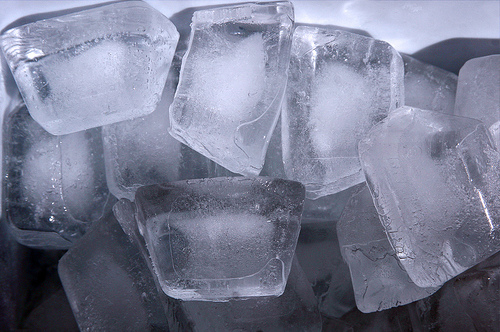
Chewing On Ice
If the point of chewing on ice is to have something crunchy to chew on, go for peanuts or cashew nuts. If it is to have a source of cool water in hot weather, suck on the ice. Chewing ice can fracture a tooth. If the fracture worsens and extends down to the root of the tooth, it needs to be removed because nothing can be done to repair and preserve the tooth. Chewing on ice will expose teeth to very large temperature variations. Teeth and fillings expand and shrink minutely with changes of temperature. With large regular shifts in temperature such as in regular ice chewing, micro fractures can occur in fillings and teeth.
- Important notification about information and brand names used in this slideshow!
- Photo courtesy of liz west by Flickr : www.flickr.com/photos/calliope/2591108804/
- Clinical practice for the dental hygienist by M Wilkins

Mouth Guards
Mouth guards are worn to prevent damage to teeth, gums and arches. They are commonly used in contact sports and during the night to prevent damage from tooth grinding. This protective device itself can damage your teeth if fitted imprecisely or if cared for improperly. They need to be washed and cleaned before wearing. Brushing them with a toothbrush and toothpaste is the best method to clean; look through the manufacturer’s instructions for the preferred cleaning method. Mouth guards should be stored and transported in a firm, well aerated container to minimize damage. Check the mouth guard for damage regularly. If damaged it should be replaced with a new one if it cannot be repaired.
- Important notification about information and brand names used in this slideshow!
- Photo courtesy of MTSOfan by Flickr : www.flickr.com/photos/mtsofan/5718103177/
- Clinical practice for the dental hygienist by M Wilkins
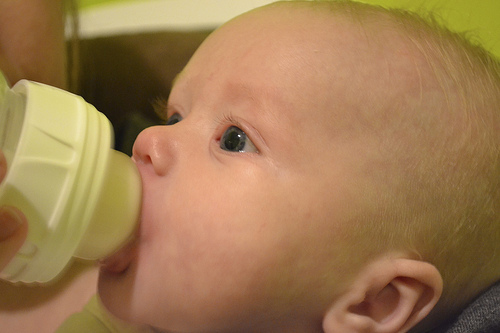
Bedtime Bottles
Baby teeth may fall out and later be replaced by adult teeth, but it is vital to maintain good oral hygiene in babies. Baby teeth help in speaking, smiling, and chewing. They also mold the sockets for adult teeth. Dipping a baby's pacifier in sugar and syrup, giving the baby sweetened drinks or drinks containing natural sugars will lead to gum diseases and dental caries. Sugars will stay on teeth especially during the night because swallowing is reduced during the night. Sugar is an excellent culture medium for bacteria. Gingivitis is a common consequence. Bacteria also produce an acidic compound that will damage the tooth enamel and cause dental caries.
- Important notification about information and brand names used in this slideshow!
- Photo courtesy of Joshua Blount by Flickr : www.flickr.com/photos/stickwithjosh/5268779387/
- Clinical practice for the dental hygienist by M Wilkins
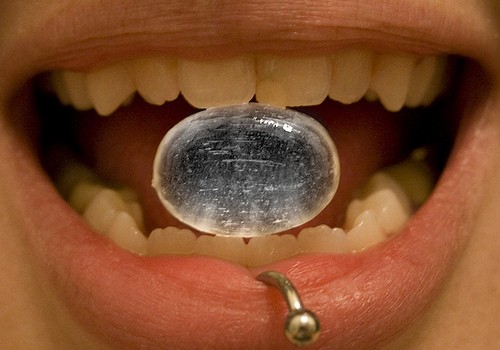
Cough Drops
Most cough medications sold over the counter contain lots of sugar for flavor. These are mostly simple sugars that are easily digested and absorbed. These sugars are converted into acidic compounds by the bacteria colonizing the teeth and gums. Acidity damages the tooth enamel and removes the stratified non-keratinizing epithelial layer of gums opening up a portal of entry for bacteria. Acute gingivitis is the inflammation of gums characterized by redness, swelling and painful gums. An antibiotic mouth wash and pain killers are the principle methods of treatment. Gingivitis may lead to complications, unfortunately including tooth loss and abscess formation.
- Important notification about information and brand names used in this slideshow!
- Photo courtesy of Chelsea Gomez (Oakes) by Flickr : www.flickr.com/photos/pyxopotamus/3950004970/
- Clinical practice for the dental hygienist by M Wilkins
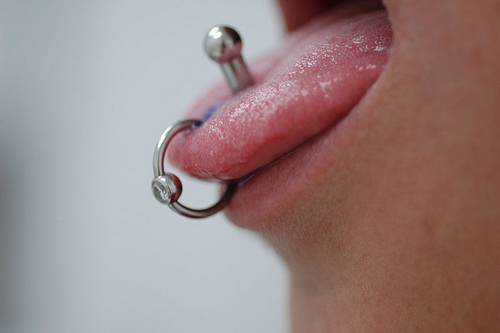
Tongue Piercing
Piercing itself is potentially harmful because it wounds the mouth and it carries a significant risk especially in people with a high risk of infections like diabetics, HIV/AIDS patients and patients on steroids. The metal stud acts as a surface where bacteria can grow on. Abscesses, inflammation of the tongue, gum damage by the stud leading to gingivitis are well known consequences. If you get an infection while on a stud it has to be taken out in order to let the tissues heal. The stud will cause more damage and the wound will not heal when bacteria can freely multiply on the stud because antibiotics do not go into the stud. The metal stud touches teeth continuously, slowly damaging teeth. Biting on it will increase the rate of damage.
- Important notification about information and brand names used in this slideshow!
- Photo courtesy of Tommy T by Wikimedia Commons : commons.wikimedia.org/wiki/File:Jacklyn_Tongue_by_Tommy_T_Body_piercing.jpg
- Clinical practice for the dental hygienist by M Wilkins
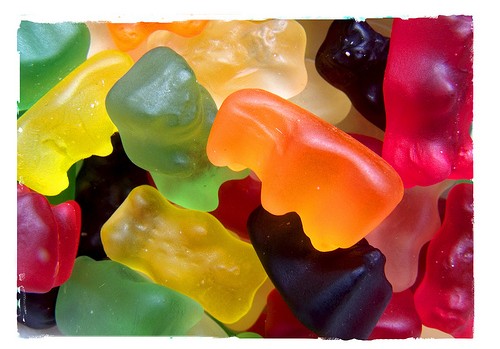
Gummy Candy
All candy is harmful if taken in excess. A high sugar intake is a risk factor for diabetes, overweight and obesity. Gummy candy is sticky and the sugar stays on the teeth for a longer time. Sugar is an excellent source of energy for bacteria. Bacteria alter the sugar and produce acidic compounds which stay on the teeth and damage the tooth enamel. If you habitually consume gummy candy, try to take one during or just after main meals. Secretion of saliva is increased during main meals and this helps dilute the acidic compounds and flush off the extra sugar sticking to the teeth.
- Important notification about information and brand names used in this slideshow!
- Photo courtesy of Alex Murphy by Flickr : www.flickr.com/photos/28misguidedsouls/5649609098/
- Clinical practice for the dental hygienist by M Wilkins
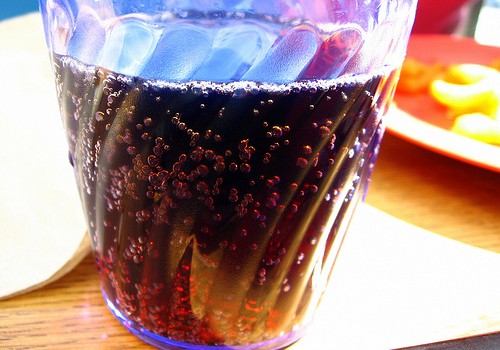
Soda
Soda is harmful in many ways. To start with, it has a high sugar content. Apart from giving you diabetes and obesity it will increase oral bacterial growth with regular intake. Bacteria cause gingivitis and will alter the sugar producing acidic compounds. Soda also contains potent acidic compounds like citric and phosphoric acid. Since there is limited buffering capacity in the saliva, these acids damage the tooth enamel. When the brittle inner part of the tooth is exposed, bacteria may colonize it and infected dental caries or a periodontal abscess may result. Diet soda may be even more hazardous because they often contain acidic artificial sweeteners.
- Important notification about information and brand names used in this slideshow!
- Photo courtesy of Amy by Flickr : www.flickr.com/photos/amylovesyah/4407488395/
- Clinical practice for the dental hygienist by M Wilkins
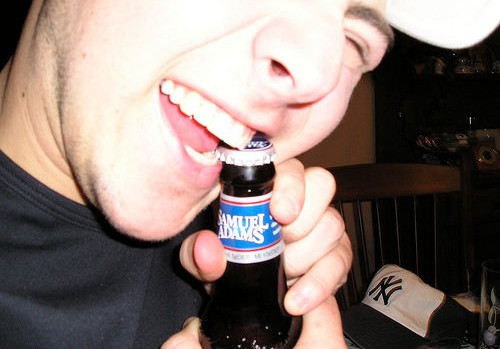
Opening Stuff With Your Teeth
Some people use their teeth to open bottles, food packages, or other products. Using your teeth for things other than eating can potentially have some serious consequences. Metal bottle caps may damage teeth. Your teeth may chip or break totally. Sharp edges may also damage your gums and cause severe bleeding. The resulting wound could easily become infected, and you may even end up oral abscesses. Studies have shown that using your teeth to rip open even plastic wrappers regularly will inevitably lead to slow tooth damage that can in turn cause dental caries and tooth fractures with time. Just don't do it.
- Important notification about information and brand names used in this slideshow!
- Photo courtesy of Mike Burns by Flickr : www.flickr.com/photos/mike-burns/3983301/
- Clinical practice for the dental hygienist by M Wilkins
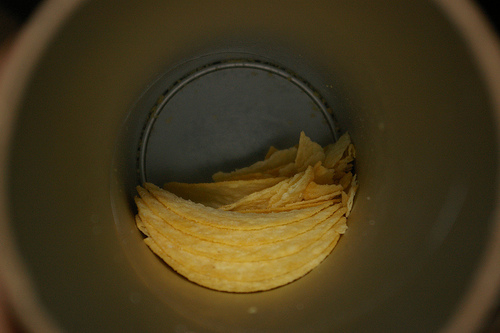
Potato Chips
Saliva contains carbohydrate digesting enzymes. Glucose is the end result. That is why if you keep a piece of white bread in the mouth for a long time it will taste sweet. This is what happens to carbohydrate rich (starchy) food (for example: potato chips) stuck between your teeth for a long time after eating especially if you do not floss or brush your teeth. Saliva and bacteria colonizing the mouth digest the complex sugars into simple sugars and then into acids. These acids eat away at your tooth enamel. Brushing your teeth or flossing after a starchy food is essential.
- Important notification about information and brand names used in this slideshow!
- Photo courtesy of William Clifford by Flickr : www.flickr.com/photos/williac/347373943/
- Clinical practice for the dental hygienist by M Wilkins
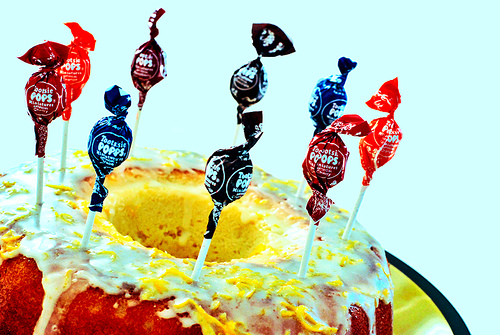
Binge Eating
Constant eating ensures your mouth is never free of sugars. These sugars will be converted to acids by bacteria and salivary enzymes, and cause enamel damage and caries. It is very important to brush or floss your teeth after a meal in order to remove the excess food from your mouth. Take special care to make sure that food does not stay stuck between your teeth. This is the reason dental caries always start from the surface in contact with the adjacent tooth. Dental caries and periodontal abscesses are known causes of bad breath (halitosis).
- Important notification about information and brand names used in this slideshow!
- Photo courtesy of Ani-Bee by Flickr : www.flickr.com/photos/missnita/1429024071/
- Clinical practice for the dental hygienist by M Wilkins




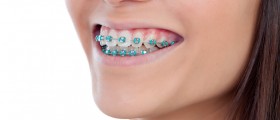
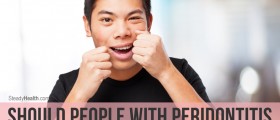
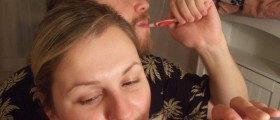
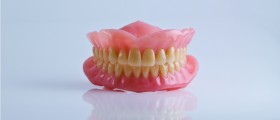

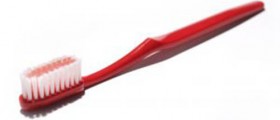
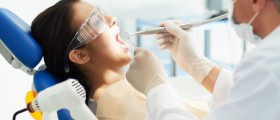

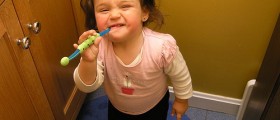


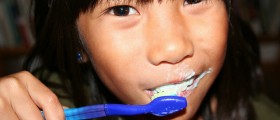

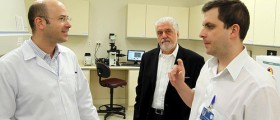
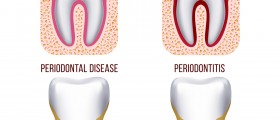
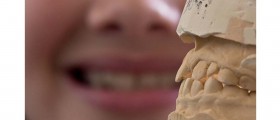
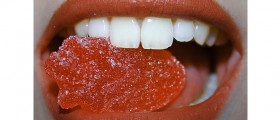
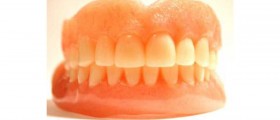
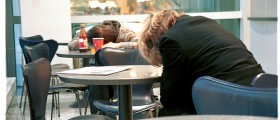

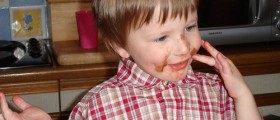


Your thoughts on this
Loading...